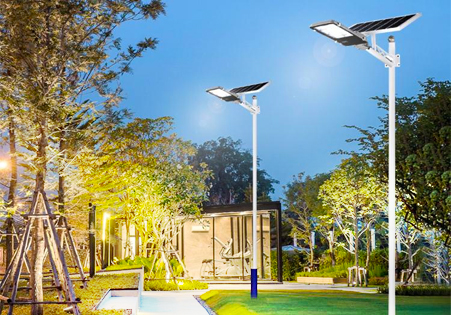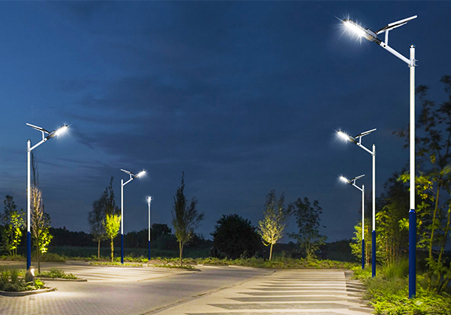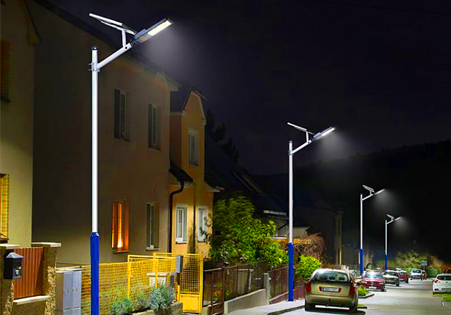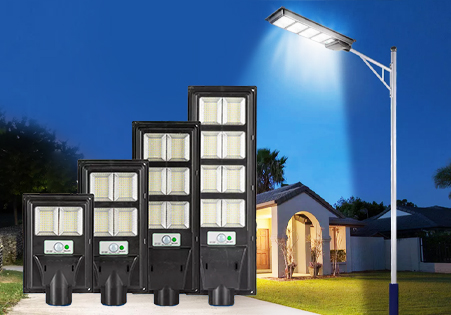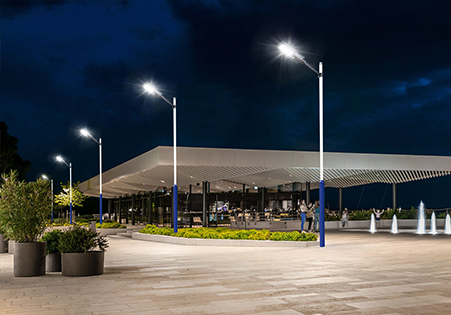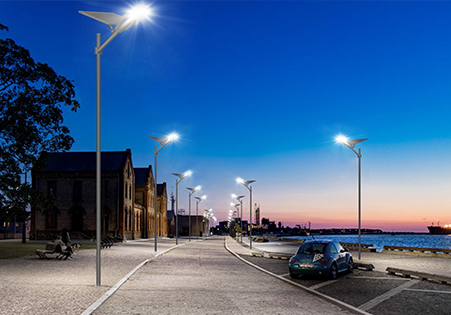Solar Street Lights A Sustainable Lighting Solution
As the world becomes more aware of the negative impact of fossil fuels on the environment, alternative sources of energy are gaining popularity. One such source is solar energy, which has the potential to revolutionize the way we power our everyday lives. Solar street lights are a perfect example of how this technology can be used for sustainable lighting solutions.
Solar street lights operate on solar energy that is collected by photovoltaic panels during the day and stored in batteries for use at night. These sustainable street lighting are easy to install, require minimal maintenance, and do not rely on grid electricity, making them an ideal choice for remote areas or places with unreliable power supply.
The benefits of solar street lights go beyond sustainability. They provide bright, long-lasting illumination that enhances safety and security on roads, sidewalks, and public spaces. Additionally, they reduce the risk of accidents caused by dimly lit areas, making them a valuable asset in developing countries and areas with low-income populations.
Another advantage of solar street lights is their flexibility. They can be installed in various locations without the need for extensive infrastructure, as they can operate independently of the grid. This makes them useful for emergency situations such as natural disasters, where quick and efficient lighting is critical.
In addition to being environmentally friendly and cost-effective, solar street lights also offer a range of design options. They come in different shapes and sizes, allowing designers to create aesthetically pleasing lighting solutions that complement the surrounding architecture and landscape.
Despite these benefits, there are some challenges to the widespread implementation of solar street lights. One of the most significant challenges is the initial cost of installation. While solar street lights are cost-effective in the long run, the upfront investment can be a deterrent for some municipalities and businesses.
Another challenge is the durability of the components. The batteries and photovoltaic panels must withstand harsh weather conditions, and if they fail, the entire system could become nonfunctional. Therefore, it is crucial to choose high-quality components and ensure proper maintenance to maximize the lifespan of the system.
In conclusion, solar street lights offer a sustainable, flexible, and aesthetically pleasing solution to traditional street lighting. Despite the initial cost and maintenance challenges, the benefits of these lights outweigh the drawbacks. As technology continues to improve and costs decrease, solar street lights have the potential to become the norm in urban and rural areas worldwide.
